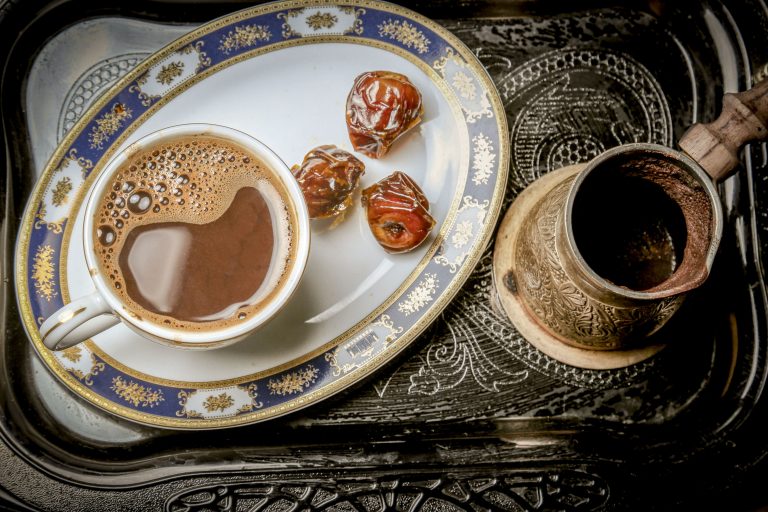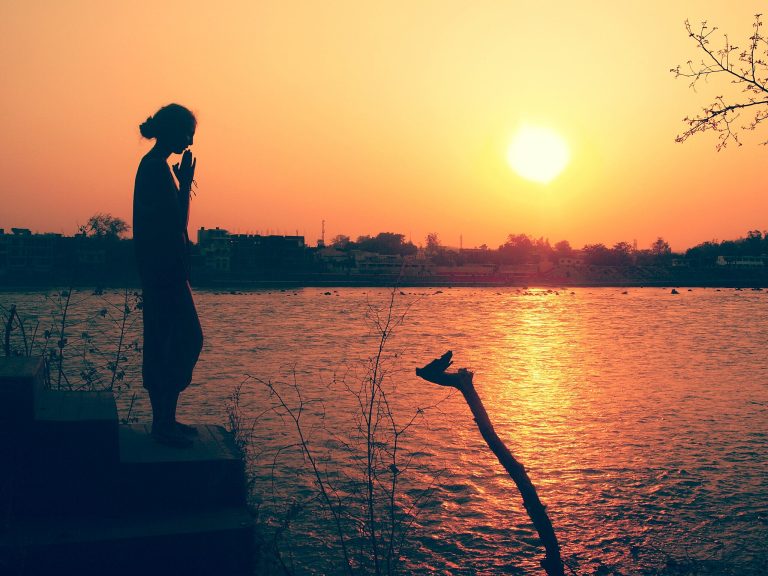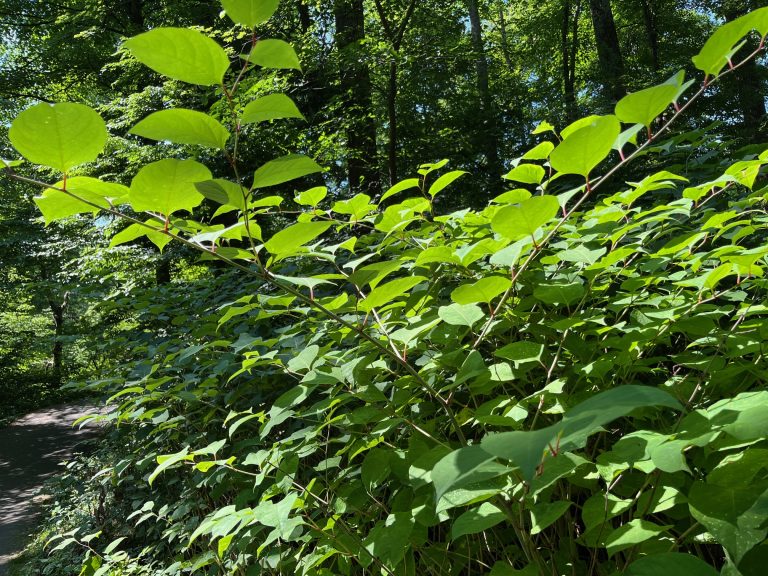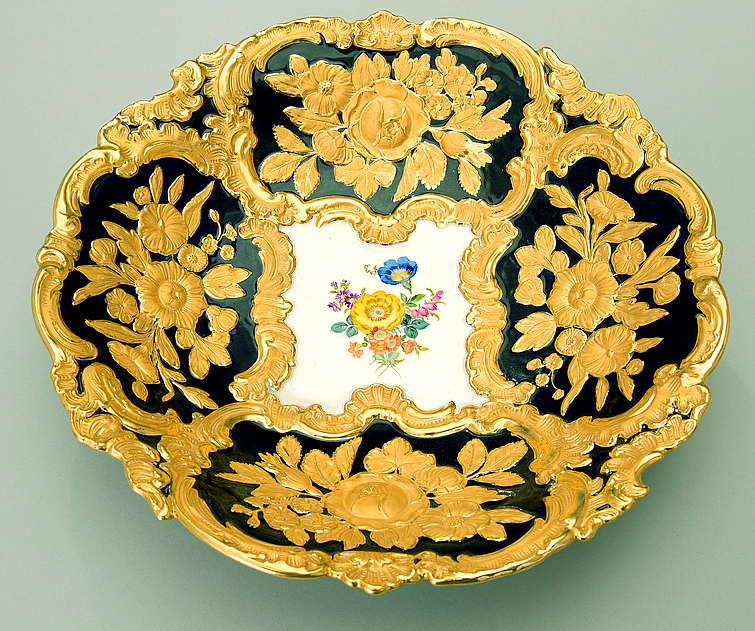Coffee is as ancient as some of the oldest human civilizations. Served hot or cold, with sugar, milk or on its own, this beverage has evolved differently in various parts of the world, molding cultures and creating coffee rituals and traditions that have become part of many countries’ identity.
Legend has it that coffee was first discovered in Ethiopia in the 9th century by a goat herder named Kaldi. He noticed his goats had become energetic after eating some berries from a tree and, upon trying them himself, he instantly felt revitalized.
Kaldi shared the magic berries with an abbot at the local monastery, who made a drink from them. After discovering that the concoction kept him awake during the long hours of evening prayer, the monk shared it with other abbots.
News of the berries spread throughout the monastery and beyond. Coffee was introduced in the Middle East and, later, across the globe. The role of coffee in bringing people together soon became universal, with some cultures adopting defined rituals for the purpose.
Ethiopia: Coffee ceremony ‘Buna’
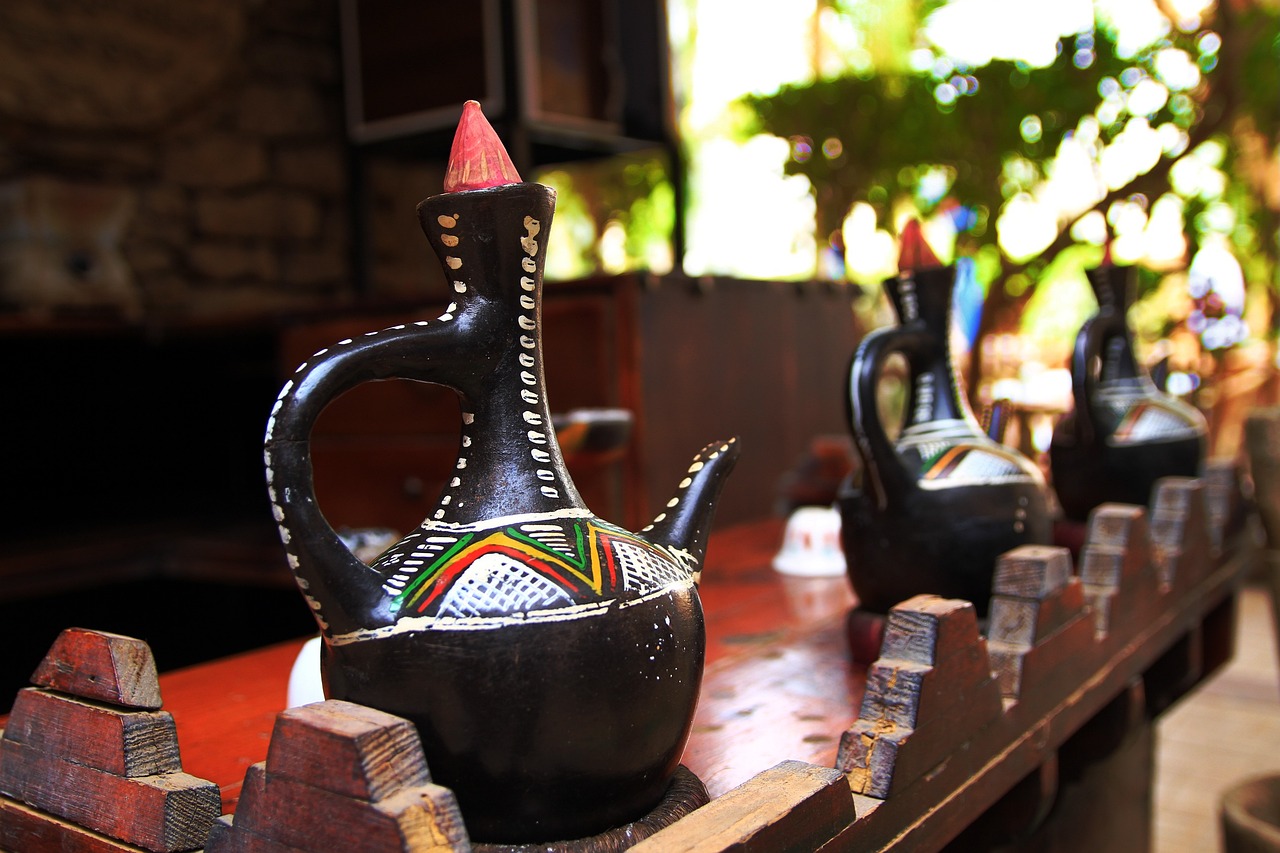
In Ethiopia, coffee ceremonies are a daily occurrence, usually taking place three times a day. Called buna tetu, meaning “Come, let’s drink coffee,” this ritual is an occasion to get together with neighbors, friends and relatives over a cup (or three) of homemade coffee.
Success
You are now signed up for our newsletter
Success
Check your email to complete sign up
Performing the ceremony is considered an honor, and it is traditionally done by the woman of the house. She washes the green coffee beans, roasts them in a pan over an open fire, grinds them with a wooden mortar and pestle, and leaves them to steep in hot water for several minutes.
Authentic buna uses a vessel known as jebena to boil the water and brew the coffee. This earthen flask features a distinctive spherical base and a pouring spout. Using the jebena, the coffee is poured into sini (small handleless cups) from a height of approximately one foot.
The coffee grounds are usually brewed three times. The first, and strongest brew is for pleasure. The second is for contemplation; and the final brew is a gentle blessing. Participants usually enjoy the drink with small snacks such as popcorn, peanuts, fruit or sweet bread.
Sweden: Coffee break ‘Fika’
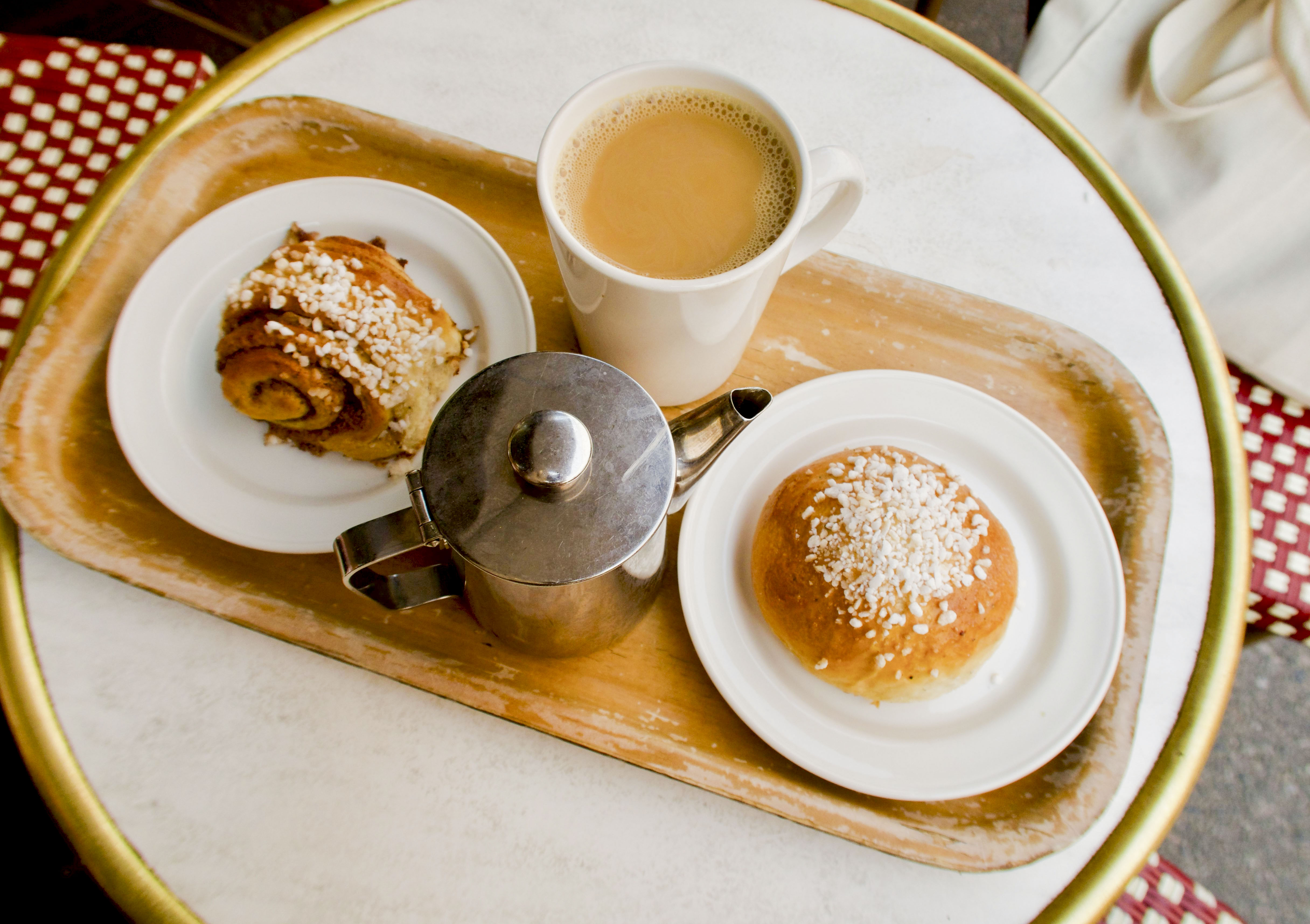
In Sweden, taking a coffee break is a social institution. Fika is not just about having coffee to satisfy a craving or take a mental break. It is a deliberate pause in the day to slow down and connect with others.
Fika (a noun and a verb) is a daily ritual for most Swedes, and can take place mid-morning or mid-afternoon. It is all about socializing over a fresh cup of coffee and a sweet treat, although savory sandwiches are not uncommon.
Swedes typically brew a strong coffee and serve it in small cups. The (ideally homemade) pastries include cinnamon rolls, princess cake (a traditional Swedish layer cake), semlor (cardamom-spiced sweet rolls) and kladdkaka (a thin, but dense “sticky” chocolate cake).
In the workplace, fika allows for conversations beyond work-related matters. At home, the coffee custom makes for intimate moments with family or friends. Regardless of the place or the food, the essence of fika lies in the art of creating human connection.
Turkish coffee: A foamy cultural heritage
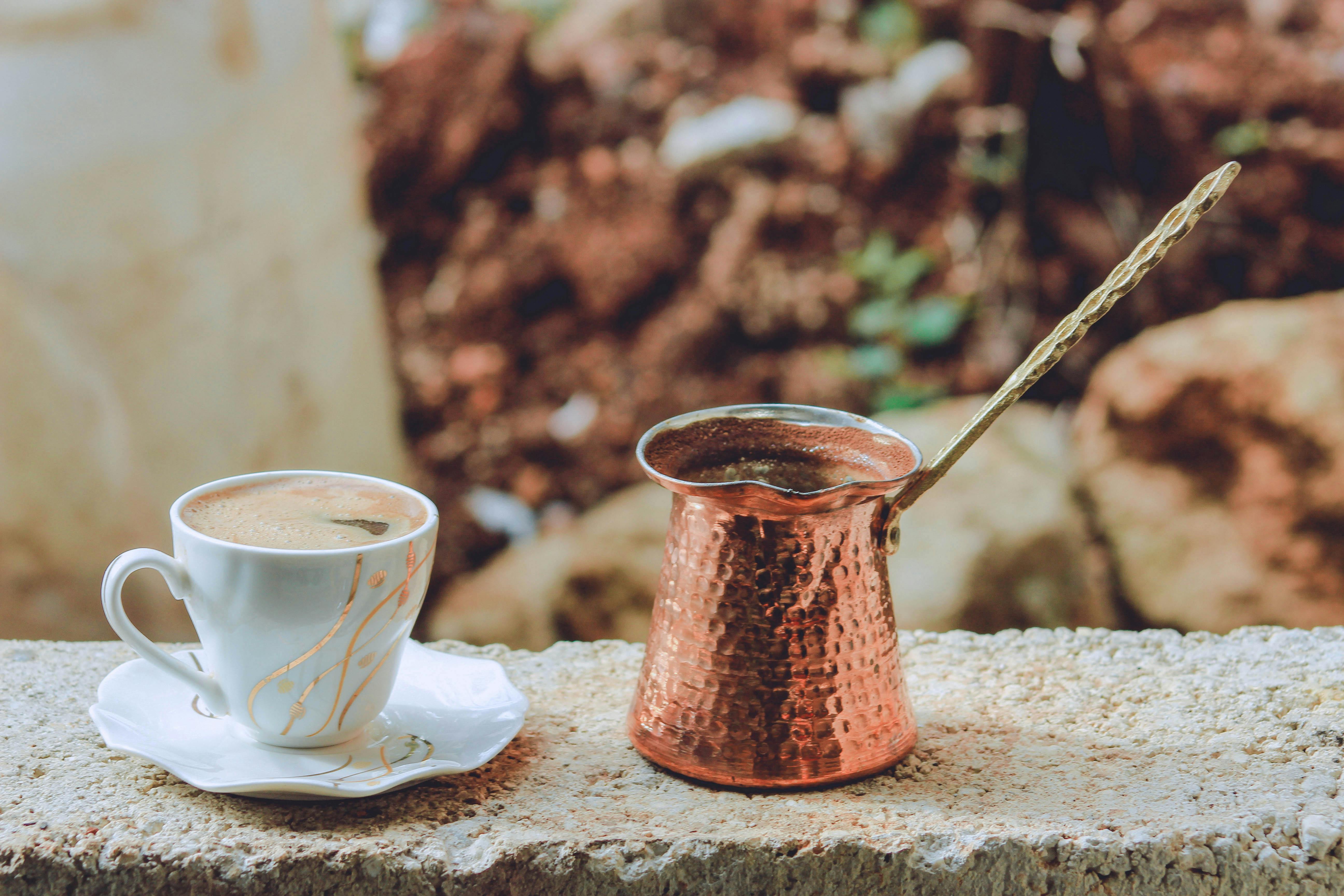
Included in UNESCO’s list of intangible cultural heritage, Turkish coffee is unique in its kind. For centuries, this unfiltered, bitter beverage has featured in everything from everyday conversations to hospitality customs and wedding rituals.
The secret to the perfect cup of Turkish coffee lies in the way it is prepared, a process akin to a ritual. It calls for very finely ground coffee, a small brass or copper pot with a long handle known as cezve, and a small coffee cup called fincan.
The ground coffee and the water, and optionally the sugar, are brought to a boil in the cezve. When the mixture begins to foam and rise, it is removed from the heat so that the foam settles. Sometimes it is allowed to rise twice more to obtain a richer foam.
The coffee is then poured slowly into the cups, making sure that they all get enough foam. As the coffee is not filtered, people usually wait for the grounds to settle to the bottom before drinking it. This also allows for “kahve fali” — a Turkish form of fortune telling through reading the shapes and figures formed by the grounds at the bottom of the cup.
Despite the expansion of global coffee chains, Turkish coffee customs have been preserved as a symbol of the friendliness, hospitality and refinement that characterize Turkish cultural heritage.



